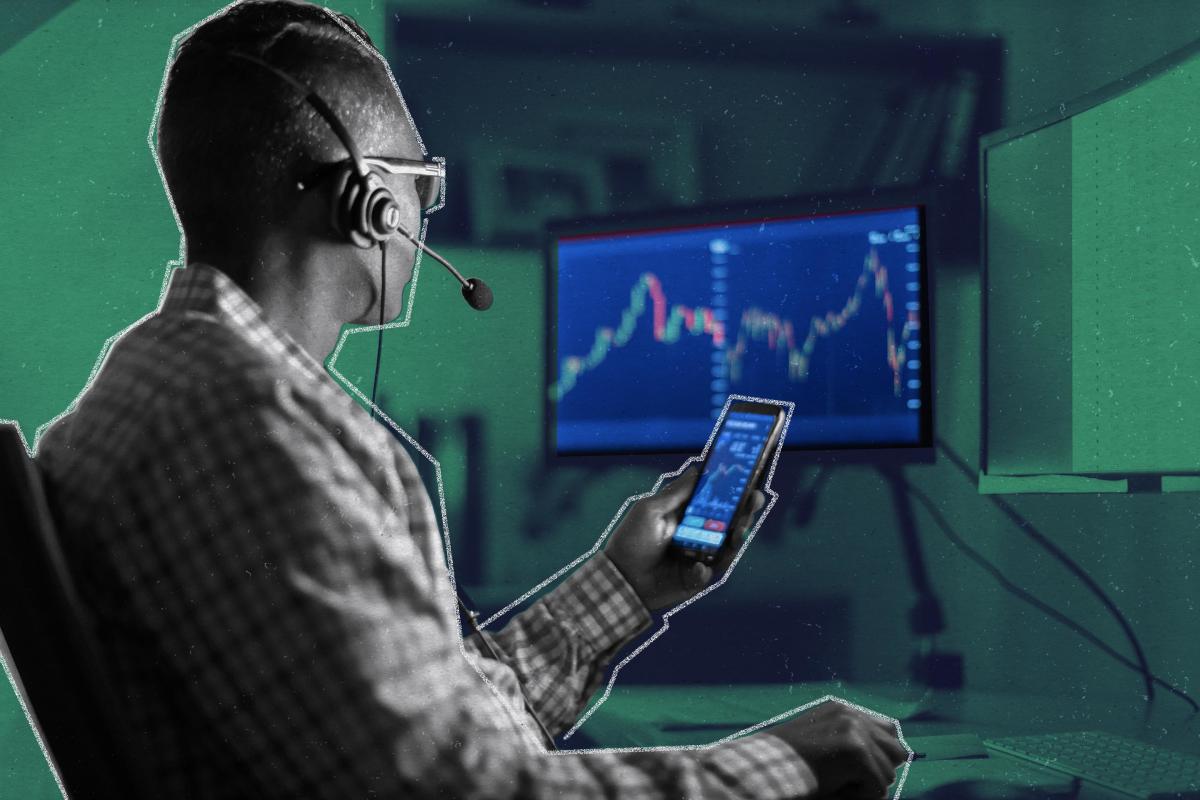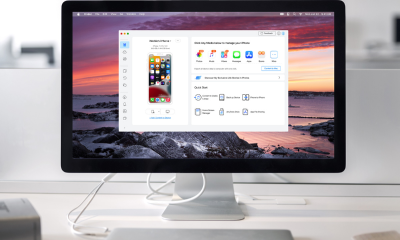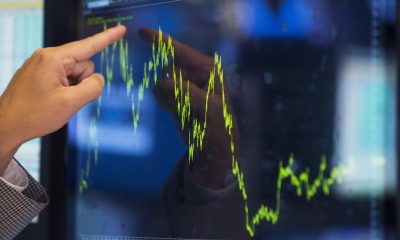Personal Finance
Human Stock Traders Still Have an Edge Over Robots at the NYSE: Study

***Money is not a client of any investment adviser featured on this page. The information provided on this page is for educational purposes only and is not intended as investment advice. Money does not offer advisory services.***
Not so fast, ChatGPT. Artificial intelligence might have a grip on nearly every industry right now, but research suggests that automation simply can’t beat human interaction — when it comes to trading, at least.
A study conducted by researchers from the University of Utah and State University of New York at Buffalo finds that in the stock market, humans working together still have a distinct edge over their robotic counterparts.
Background
Floor brokers are people who traditionally work in an exchange’s “pit” — the ones you might see in movies yelling out frenzied bids. What they do is execute trades for their clients in person. Designated Market Makers, or DMMs, are the other folks physically present on the floor; they provide liquidity and facilitate auctions.
The pandemic helped to set the stage for the research paper, which is set to be published in the Journal of Finance. With the onset of COVID-19, the New York Stock Exchange — the only major exchange in the U.S. that uses human floor traders — forced these traders off the trading floor for several months, relying wholly on electronic-based and algorithmic trading instead.
By analyzing the NYSE before and after this floor closure, the analysts were able to directly examine the performance of human interaction between floor traders and DMMs versus all-digital models.
What the study found
Contrary to what you might expect, humans tended to perform trading duties more effectively.
Price efficiency is one major metric the researchers used to measure human brokers up to their electronic counterparts. Efficiency is the idea that buyers and sellers agree to stock prices based on the public information about that stock. (If buyers and sellers are in perfect agreement over the price of a given stock, it means that the price is highly efficient. The more errors a broker makes in pricing a stock, the less efficient that stock’s price becomes.)
The researchers found that there was an increase in pricing errors when human interaction by floor traders was removed from the equation. Without this interaction, the NYSE saw an increase in the frequency of price errors of 2-6%. This means price efficiency tended to be low among trades executed entirely electronically versus those brokered in person.
Moreover, without the presence of human interaction on the floor, the proportional spread — a measure of liquidity based on the difference in a stock’s bid price and asking price — of any given stock on the NYSE saw an 11% increase as compared to that same stock on another exchange.
A higher spread means lower liquidity, and that means the investor must ultimately pay more money to execute their trade. Were electronic liquidity providers able to replicate the duties of a human DMM, the researchers contend that the NYSE would have seen either unchanged or smaller proportional spreads.
But as it turns out, having DMMs physically present on the floor led to smaller spreads than those afforded by algorithms.
Why it matters
The researchers’ findings are worth noting at a time when every day brings new headlines around AI hype and the power of automation. Lots of companies are jumping into the technology with both feet — but, in this specific case, the report suggests that humans working together can still consistently bring better results to clients.
Co-author Dominik Rösch tells Money that these findings largely affect institutional traders, or professionals who manage a lot of investments for a big group.
“Traders who trade more frequently or with larger stakes would face more transaction costs due to the loss of the floor,” Rösch says.
However, that this very well could affect retail investors who trade with high frequency or bigger stakes, as well. These traders are more likely than others to notice the price slippage between human and automated floor trades.
The takeaway
All said — and amid concerns in certain industries that robots could eliminate the need for human employees — the research gives pause to the idea that automation is a new cure-all technology, at least as far as investing goes.
“Our results show that algorithm[s] have difficulties replacing human beings in complex situations,” Rösch says. “So there is still hope for us to keep our jobs — including the jobs of the average trader.”
Daily Money
Every day we publish the latest news, stories, and content on the financial topics that matter. This is your daily guide to all things personal finance.
Sign Up
More from Money:
Can ChatGPT Predict How Stocks Will Perform? New Research Says Yes
The Fed Meeting and New Jobs Data Will Likely Drive Stocks in the Week Ahead
‘Buy the Dip’: Why the Investing Strategy Is Making a Comeback
© Copyright 2023 Money Group, LLC. All Rights Reserved.
This article originally appeared on Money.com and may contain affiliate links for which Money receives compensation. Opinions expressed in this article are the author’s alone, not those of a third-party entity, and have not been reviewed, approved, or otherwise endorsed. Offers may be subject to change without notice. For more information, read Money’s full disclaimer.
Read the full article here

-

 Side Hustles5 days ago
Side Hustles5 days agoThe DOJ Reportedly Wants Google to Sell Its Chrome Browser
-

 Side Hustles5 days ago
Side Hustles5 days agoHow to Create a Unique Value Proposition (With Tips & Examples)
-

 Investing4 days ago
Investing4 days agoAre You Missing These Hidden Warning Signs When Hiring?
-

 Investing6 days ago
Investing6 days agoThis Founder Turned a Hangover Cure into Millions
-

 Make Money4 days ago
Make Money4 days ago7 Common Things You Should Never Buy New
-

 Investing4 days ago
Investing4 days agoGoogle faces call from DuckDuckGo for new EU probes into tech rule compliance By Reuters
-

 Passive Income5 days ago
Passive Income5 days agoHow AI Can (and Should) Drive Innovation Across Your Entire Company
-

 Investing5 days ago
Investing5 days agoBarbara Corcoran, Lori Greiner Differ on ‘Quiet Vacationing’


















